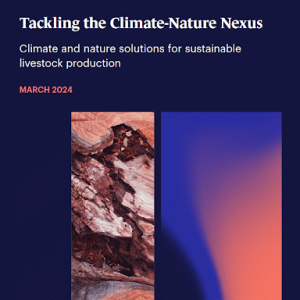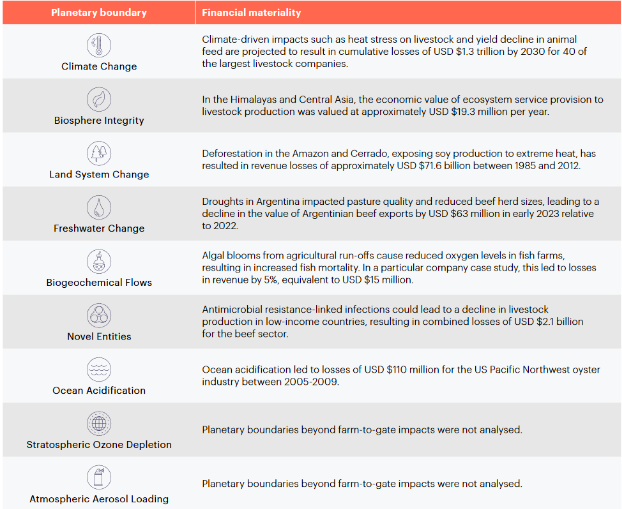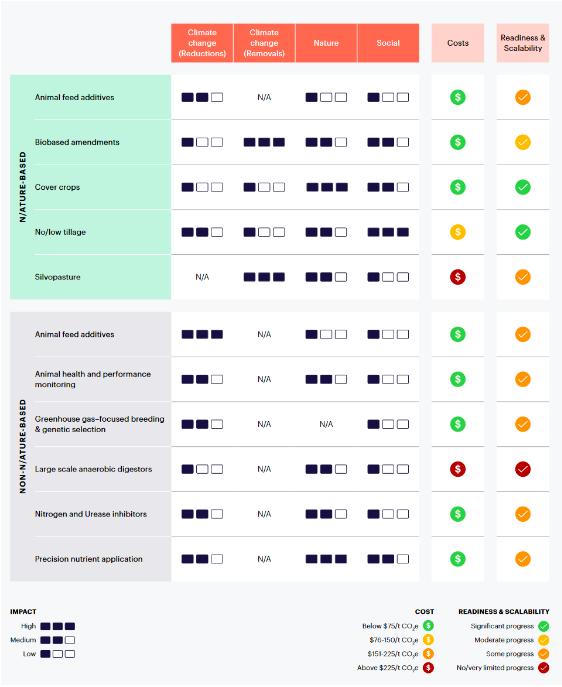
This report from the Farm Animal Investment Risk & Return (FAIRR) initiative links financial and environmental risks associated with livestock production using the planetary boundaries framework as a benchmark. It serves as a detailed reference for investors and highlights the poor performance of the industry in addressing these issues so far. It provides a comparison of nature based and engineered key solutions to aid investors’ evaluation of their potential feasibility.
This report from the Farm Animal Investment Risk & Return (FAIRR) initiative seeks to highlight the environmental and financial impacts of livestock production within the planetary boundaries framework. The report’s authors state they aim to support investors in their allocation of capital to drive a transition towards a net-zero and environmentally sustainable future.
The report outlines major risks related to environmental degradation linked to livestock production. The report builds on the Stockholm Resilience Centre’s planetary boundaries concept to investigate what role livestock production has in efforts to remain within these boundaries and the associated financial implications of exceeding the boundaries.
The report cites climate-related risks of the food system, including a macro-level USD $1.5 trillion valuation for the entire system and more specific estimates for exceeding each planetary boundary.
Figure 1 demonstrates these risks and valuations.

Figure 1: Nine planetary boundaries and their associated financial estimations and risks.
The report presents several key solutions and their associated benefits and trade offs which can be seen in Figure 2. It highlights that most solutions will need to be implemented on farms as the majority of livestock emissions and biodiversity impacts occur at the farm-level. It also emphasises a lack of clarity around why certain solutions are being selected and prioritised by investors currently.

Figure 2: Key nature-based and non-nature-based solutions to environmental issues related to livestock production and their associated trade-offs and benefits for investors.
The report notes a major gap in climate change mitigation funding towards agriculture, citing that there needs to be a 26 times increase in annual funding, totalling $423 billion, to align with low-carbon targets. They provide some examples of promising actions including investing in regenerative agriculture and continued growth of green bonds in the agri-food sector which can provide loans that develop and/or adopt sustainable production practices
Reference
Mohankumar, S. et al. 2024. Tackling the Climate-Nature Nexus. FAIRR
Read the full report here and see our explainer What is regenerative agriculture?







Post a new comment »